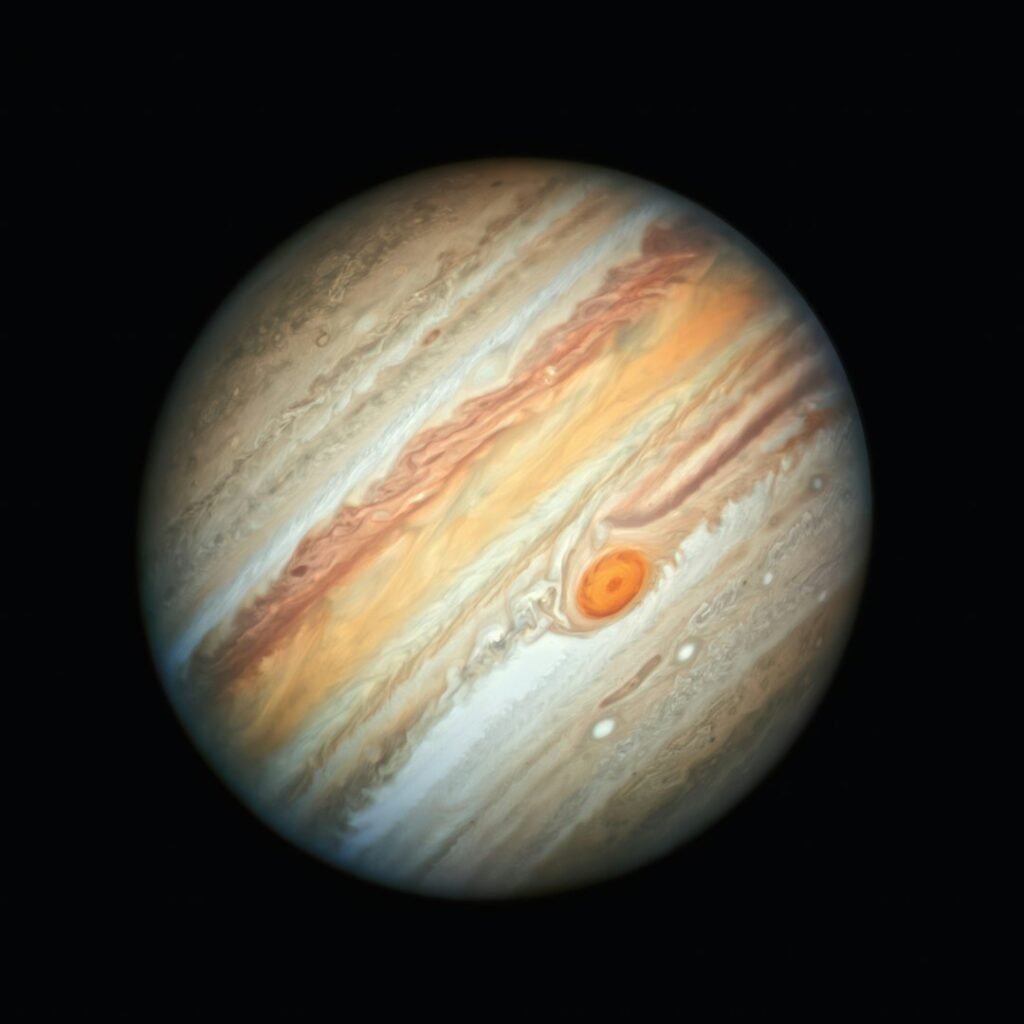Jupiter has been dazzling humans for thousands of years, shining brightly in our night sky like a beacon from the depths of space. Most people know it’s big – really big – but this gas giant holds secrets that would shock even seasoned astronomy enthusiasts. From mysterious magnetic tornadoes creating Earth-sized storms to hidden oceans beneath its moons that could harbor life, Jupiter is far more extraordinary than you might imagine.
Jupiter Has a Fuzzy Core Unlike Any Other Planet

Jupiter’s strange interior was discovered by the Juno mission in 2017 through gravity field measurements, revealing that the gravity data looked nothing like that for planets with a sharp solid-fluid boundary, prompting scientists to propose that Jupiter has a fuzzy core. Think of biting into a piece of day-old bubble tea – the outside is still soft and squishy, but as you work your way toward the center, it gradually becomes denser without any clear boundary.
At its center is a diluted mixture of heavy-element solids and gases squeezed beyond recognition by gravity, similar to a fluffy outer layer that transitions into a dense core in one continuum. This discovery completely revolutionized how scientists think about gas giant formation, suggesting that Jupiter may never have stopped accreting solids as it grew, resulting in an uneven mixture of solids and gases from center to surface.
Earth-Sized Mysterious Spots Appear and Vanish at Jupiter’s Poles
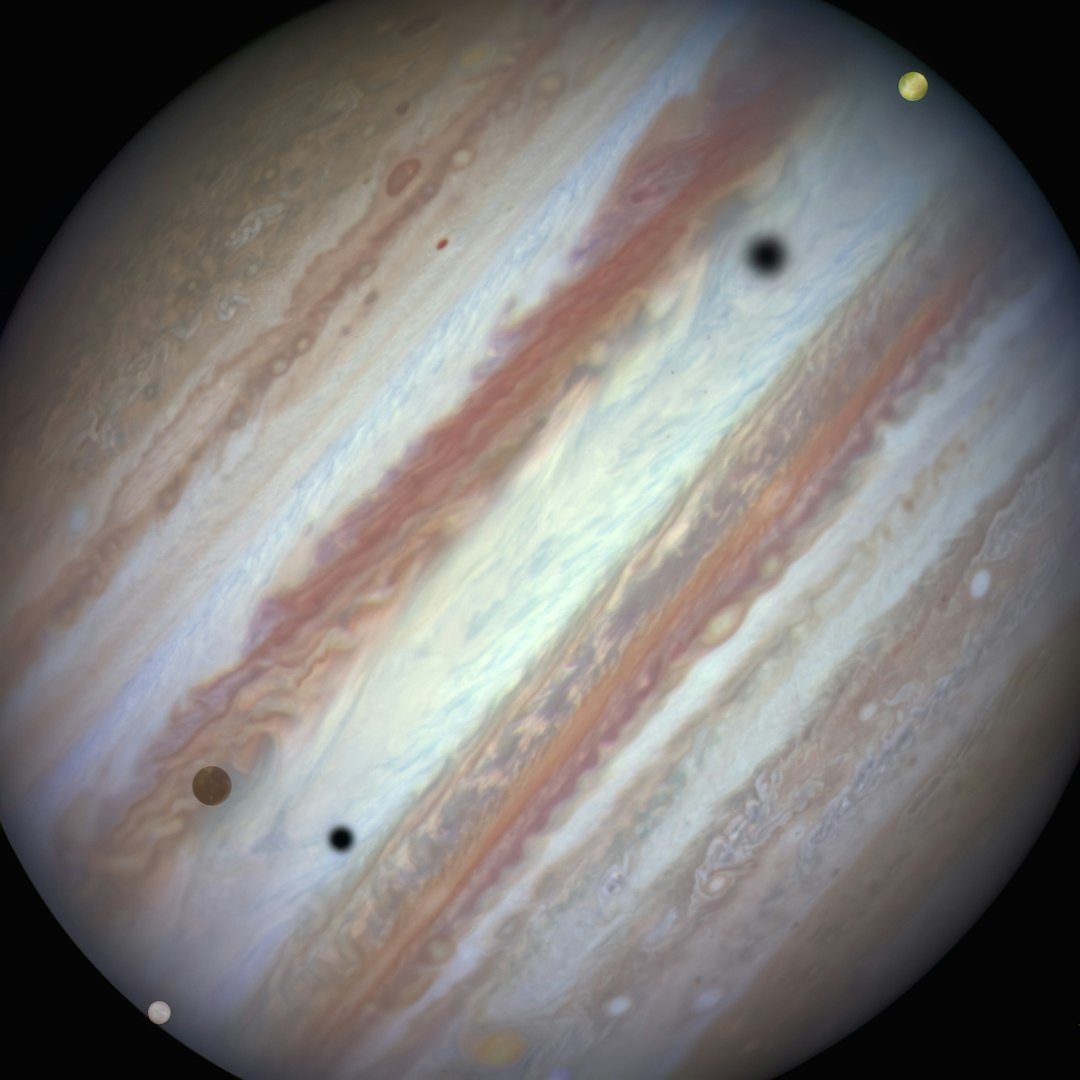
While Jupiter’s Great Red Spot has been a constant feature of the planet for centuries, a team of astronomers have discovered equally large spots at the planet’s north and south poles that appear and disappear seemingly at random. These aren’t your typical storms – they’re something far more bizarre and unpredictable.
The Earth-size ovals, which are visible only at ultraviolet wavelengths, are embedded in layers of stratospheric haze that cap the planet’s poles, almost always located just below the bright auroral zones at each pole, hinting at unusual processes taking place in Jupiter’s strong magnetic field that propagate down to the poles and deep into the atmosphere. These magnetic tornadoes represent a completely new atmospheric phenomenon that scientists are still trying to understand.
Jupiter’s Storms Are Impossibly Tall Giants

Recent discoveries from NASA’s Juno mission have revealed that Jupiter’s famous storms aren’t just surface features – they’re towering atmospheric monsters of unimaginable proportions. The findings indicate these storms are far taller than expected, with some extending 60 miles (100 kilometers) below the cloud tops and others, including the Great Red Spot, extending over 200 miles (350 kilometers).
To put this in perspective, these storms are so massive that they extend far beyond where water condenses and clouds typically form. This surprising discovery demonstrates that the vortices cover regions beyond those where water condenses and clouds form, below the depth where sunlight warms the atmosphere, with the height and size of the Great Red Spot meaning the concentration of atmospheric mass within the storm potentially could be detectable by instruments studying Jupiter’s gravity field. Imagine a hurricane on Earth that stretched from the ocean floor to the edge of space – that’s the scale we’re talking about.
A Secret High-Speed Jet Stream Races Through Jupiter’s Sky
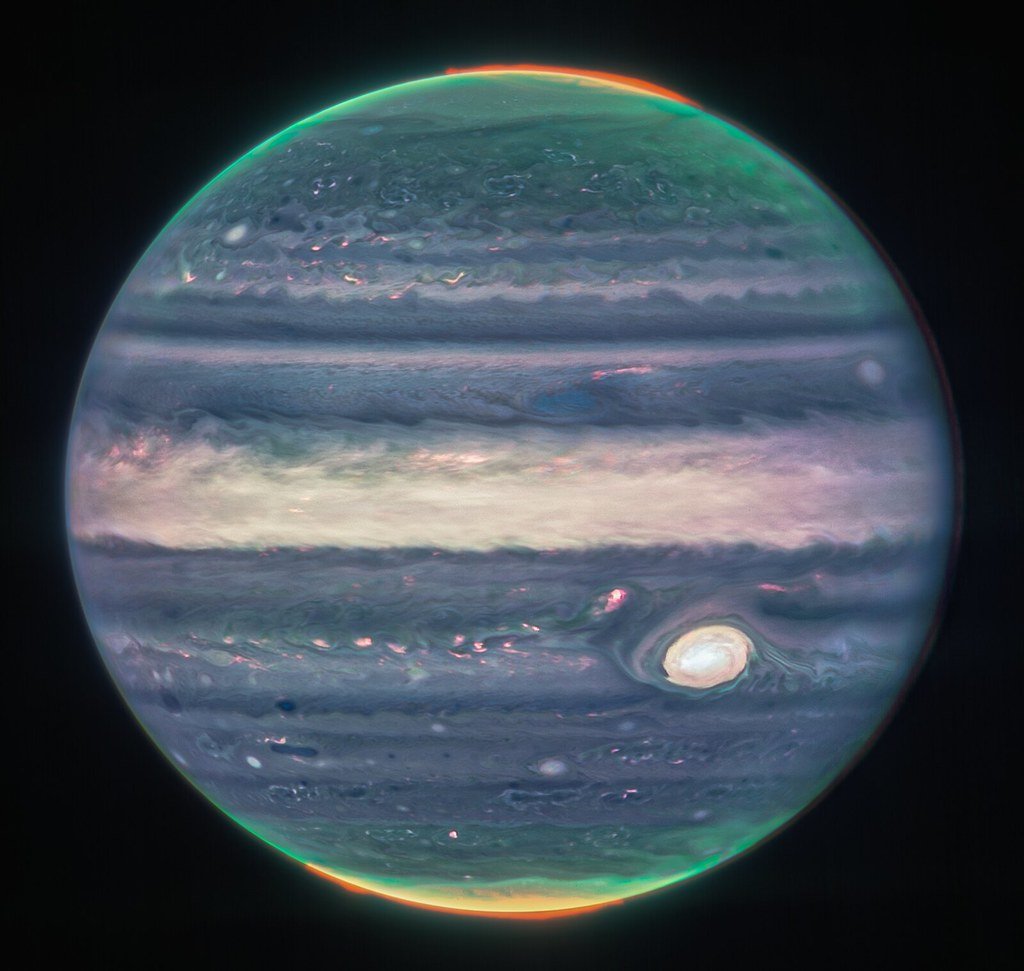
The newly discovered jet stream travels at about 320 miles per hour (515 kilometers per hour), twice the sustained winds of a Category 5 hurricane here on Earth, located around 25 miles (40 kilometers) above the clouds, in Jupiter’s lower stratosphere. This atmospheric river of wind was completely invisible until the James Webb Space Telescope’s infrared eyes spotted it in 2023.
What makes this discovery even more remarkable is that scientists initially thought this region would be boring and unremarkable. The team was surprised by the discovery, with lead researcher Ricardo Hueso stating that “What we have always seen as blurred hazes in Jupiter’s atmosphere now appear as crisp features that we can track along with the planet’s fast rotation”. This jet stream represents an entirely new layer of atmospheric complexity that astronomers are only beginning to understand.
Jupiter Has 95 Moons (And Counting)

Forget what you learned in school about Jupiter having four moons. Jupiter has 95 known natural satellites, and it is likely that this number will go up due to increasing telescopic observations. The recent count represents a dramatic increase from earlier tallies, with astronomers discovering new moons regularly as telescope technology improves.
Recent observations taken between 2021 and 2022 brought discoveries that increased Jupiter’s moon count to 92, a hefty 15% increase from the previous tally of 80, with orbital calculations confirming the new objects are in orbit around Jupiter. Most of these newly discovered moons are small and distant, taking more than 250 days to complete their orbits around the giant planet. It’s like Jupiter is constantly collecting cosmic souvenirs as it travels through space.
The Great Red Spot Is Shrinking Before Our Eyes
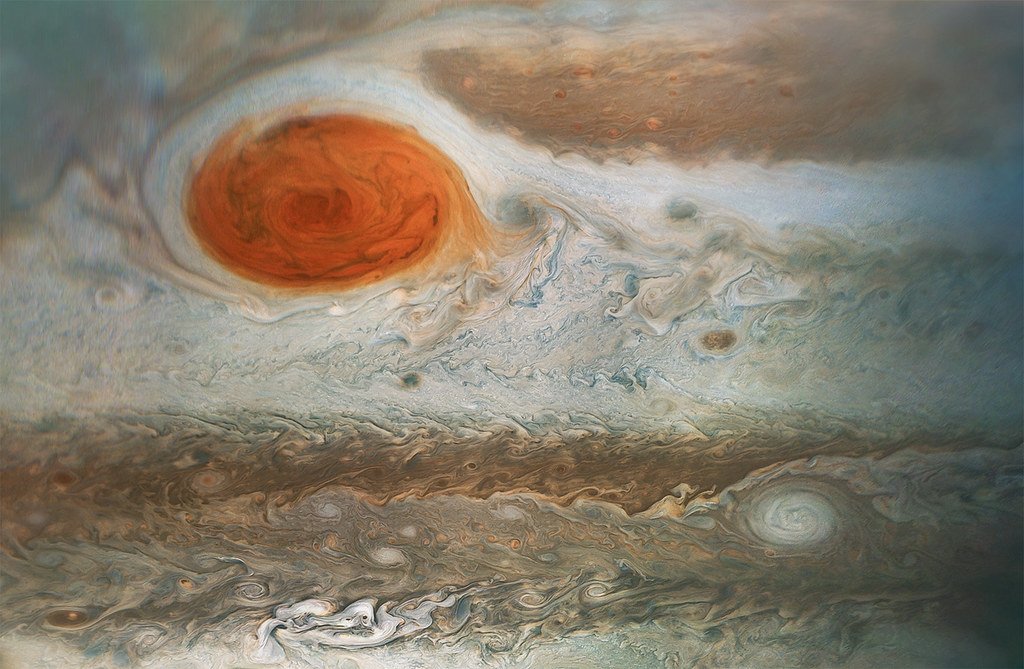
Jupiter’s most famous feature is literally disappearing in slow motion, and scientists think they know why. The Great Red Spot on Jupiter has been shrinking over time – from about 40,000 km (25,000 miles) in the late 1800s to approximately 16,000 km (10,000 miles) today, becoming more rounded, with astronomers supposing the shrinking may be caused by a change in the Great Red Spot’s “diet”.
The growth and stability of this gigantic storm depend on devouring smaller storms – and lately, there has been a decline in such storms near the Great Red Spot. It’s like a cosmic vacuum cleaner that’s running out of things to consume. While the spot is still larger than Earth, its dramatic size reduction over just 145 years suggests we might witness its complete disappearance within our lifetime.
Jupiter’s Magnetosphere Is a Cosmic Giant
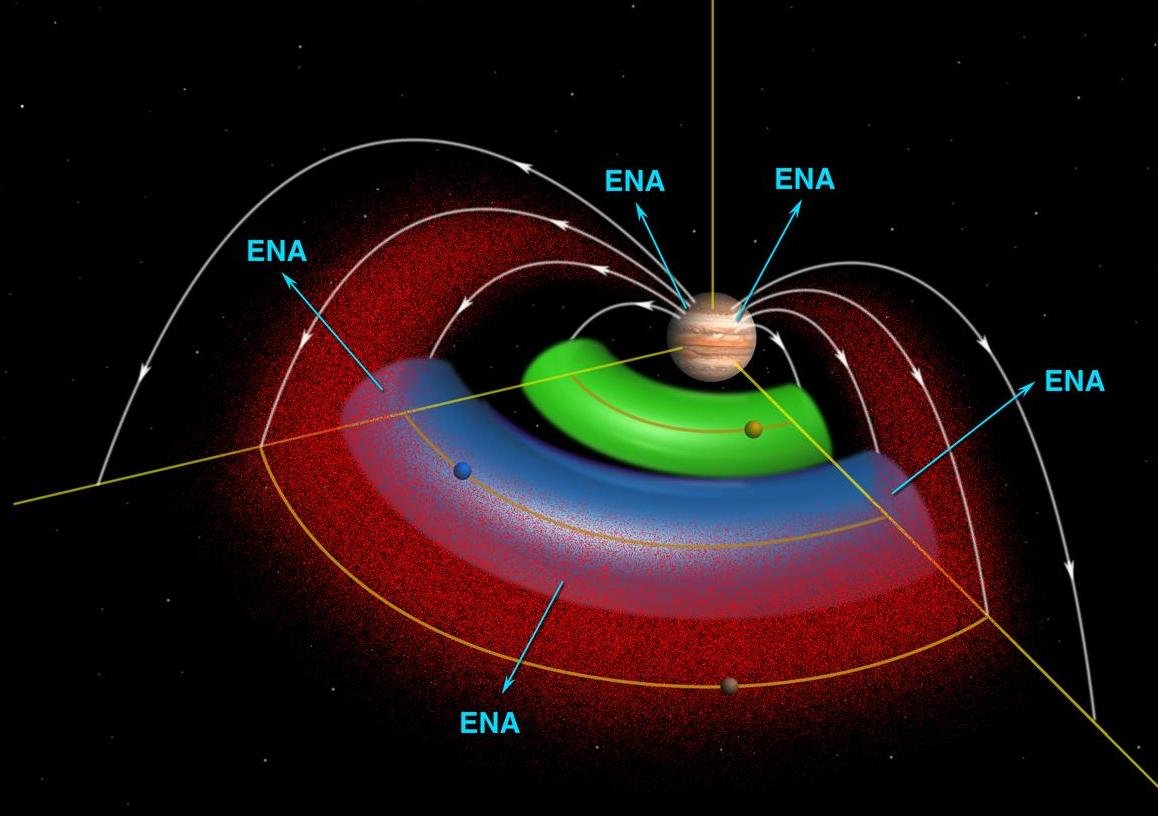
If Jupiter’s magnetosphere were visible to the naked eye from Earth, it would appear larger than the Moon in our night sky. It balloons 600,000 to 2 million miles (1 to 3 million kilometers) toward the Sun (seven to 21 times the diameter of Jupiter itself) and tapers into a tadpole-shaped tail extending more than 600 million miles (1 billion kilometers) behind Jupiter, as far as Saturn’s orbit.
Jupiter’s gargantuan magnetic field is the strongest of all the planets in the solar system, at about 14 times the strength of Earth’s, trapping electrons and other electrically charged particles in an intense belt that regularly blasts the planet’s moons and rings with radiation more than 1,000 times the level lethal to a human. This invisible shield is so powerful that it would be instantly lethal to any unprotected human who ventured near it.
Jupiter Has Its Own Ring System (Yes, Really)

Most people associate rings with Saturn, but Jupiter secretly has its own delicate ring system that’s nearly invisible from Earth. Discovered in 1979 by NASA’s Voyager 1 spacecraft, Jupiter’s rings were a surprise. Unlike Saturn’s bright, icy rings, Jupiter’s are made primarily of dust and are incredibly faint.
The Jovian ring system was the third ring system discovered in the Solar System, after those of Saturn and Uranus, with Jupiter’s rings being faint and mostly consisting of dust, likely leftovers from the meteor bombardment of Jovian moons, consisting of four rings: a faint halo ring, a relatively bright but very thin main ring, and two wide and thick gossamer rings – the Amalthea and the Thebe. These ghostly rings are constantly being replenished by impacts on Jupiter’s inner moons, creating a dynamic system that’s invisible to most ground-based telescopes.
Jupiter’s Moons Create Auroral Footprints
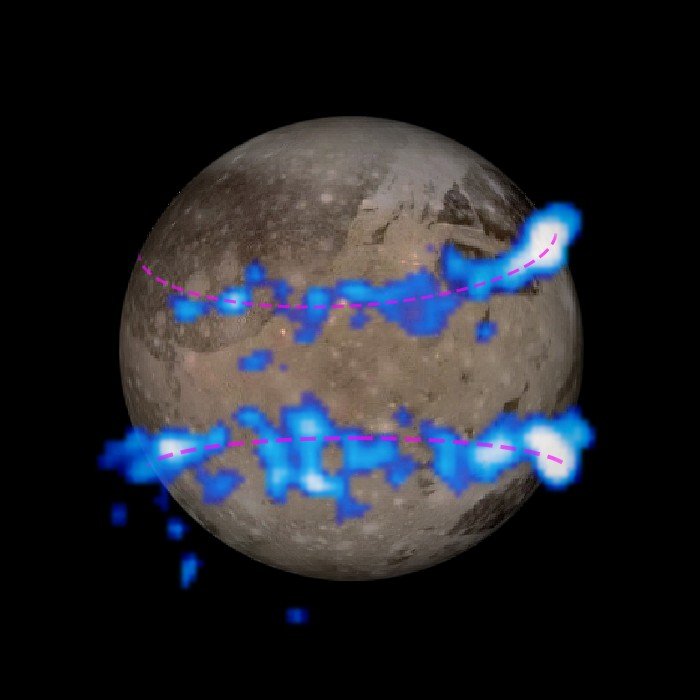
Unlike Earth’s Moon and our planet’s northern lights, the massive, shimmering auroras above Jupiter’s poles carry signatures that the planet’s largest moons leave in the atmosphere. Each of Jupiter’s four largest moons – Io, Europa, Ganymede, and Callisto – creates its own distinct auroral “footprint” as it moves through Jupiter’s powerful magnetic field.
Before NASA’s Juno mission, three of Jupiter’s four largest moons – Io, Europa, and Ganymede – were shown to produce these distinct auroral signatures, but Callisto, the most distant of the Galilean moons, remained a mystery until Juno detected Callisto’s elusive footprint. It’s like each moon is signing its name in lights across Jupiter’s polar skies, creating a constantly changing light show that dwarfs anything we see on Earth.
Io Pumps Out Enough Sulfur to Paint the Solar System
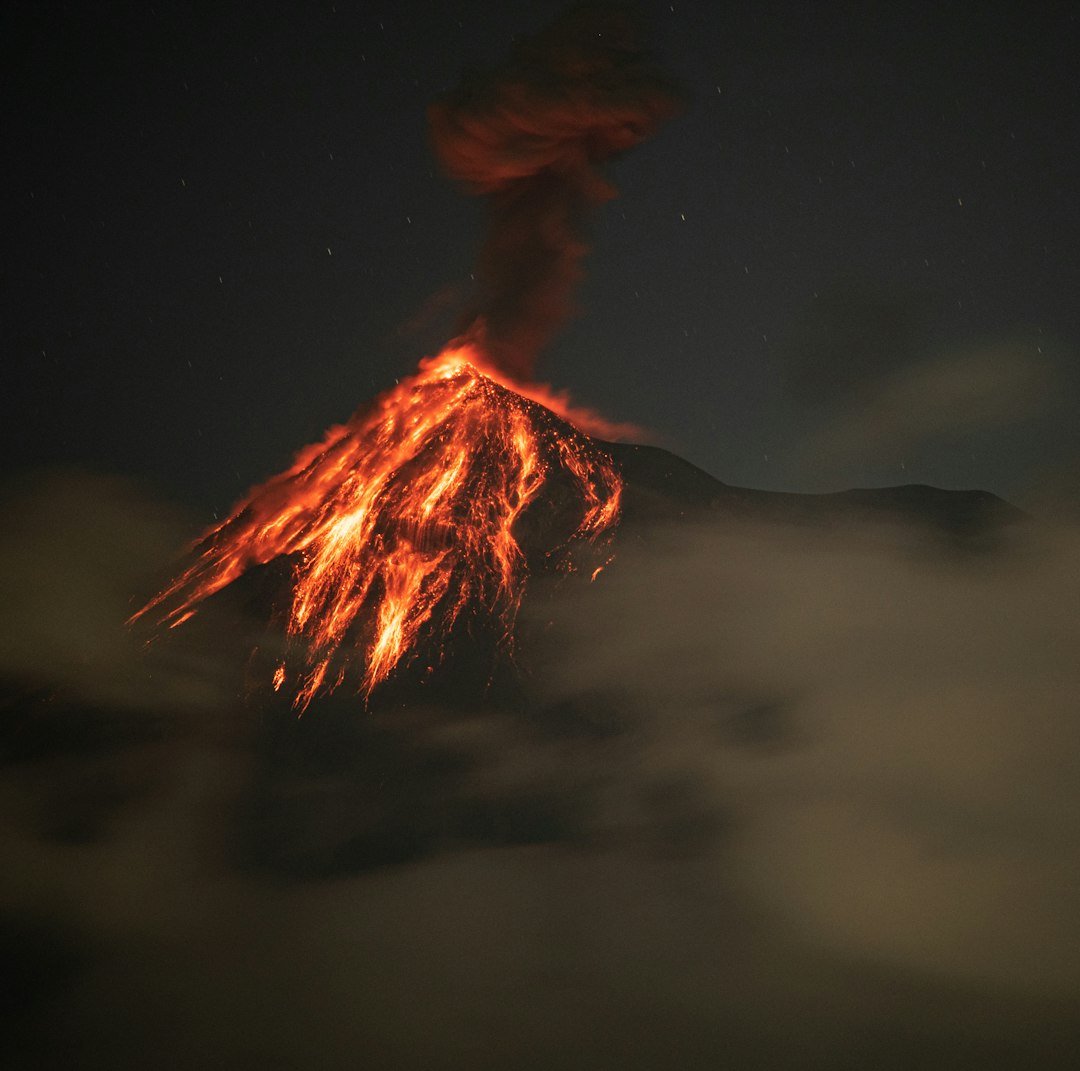
Jupiter’s innermost large moon, Io, is a volcanic hellscape that makes Earth’s most active volcanoes look like gentle hiccups. Io is the most volcanically active body in the solar system. But here’s what’s truly mind-blowing: The volcanoes on Io pump out sulphur, with plumes reaching heights of up to 500 km (310 miles) above the moon’s surface, and all the gas released from the volcanoes has created a thin atmosphere around Io.
The volcanoes on the moon Io emit large amounts of sulfur dioxide, forming a gas torus along its orbit, with the gas being ionized in Jupiter’s magnetosphere, producing sulfur and oxygen ions that, together with hydrogen ions originating from Jupiter’s atmosphere, form a plasma sheet in Jupiter’s equatorial plane. Essentially, Io is so volcanic that it’s creating its own giant donut of plasma around Jupiter, painting the entire Jovian system with sulfurous particles.
Jupiter Might Have Diamond Rain
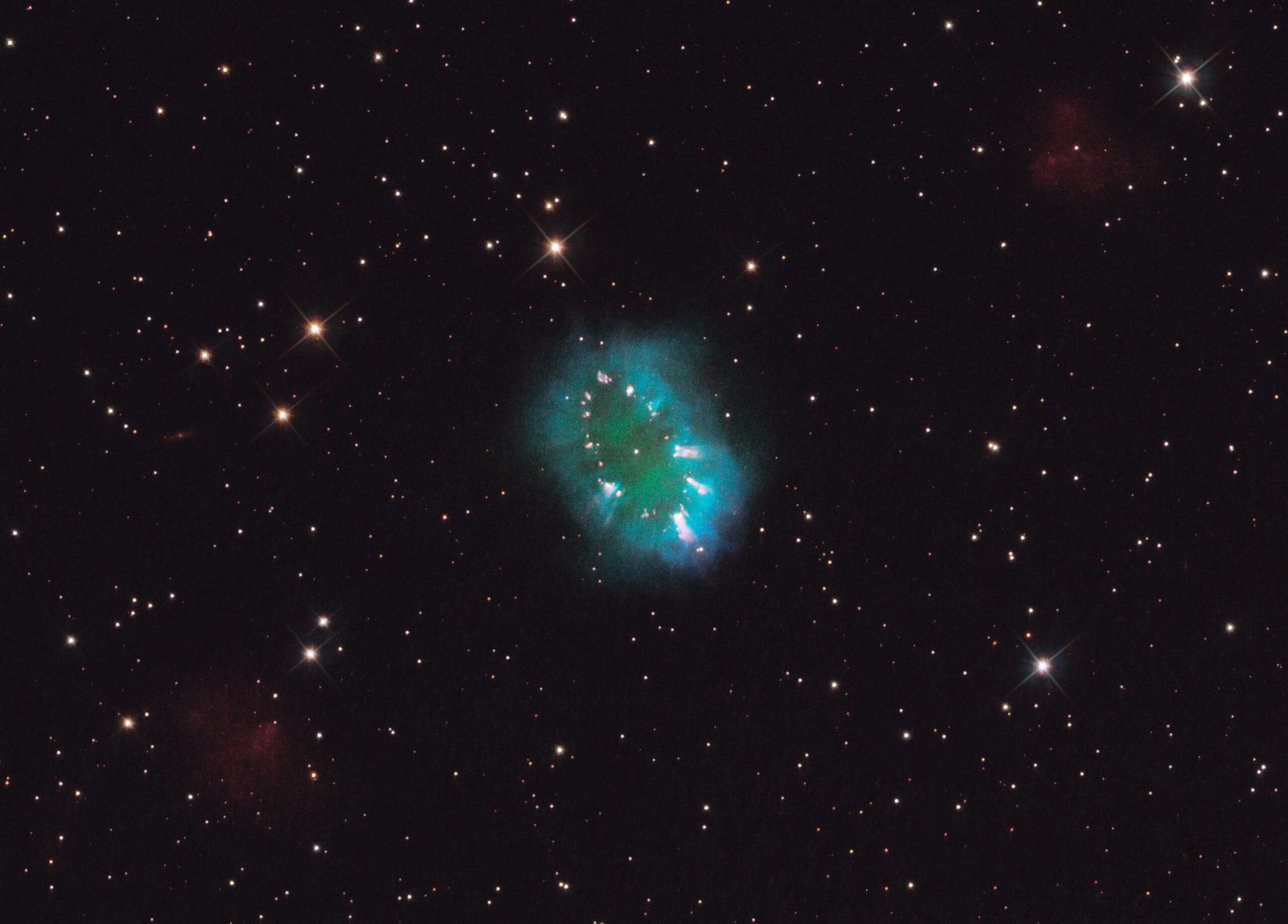
Deep within Jupiter’s crushing atmosphere, conditions might be just right for one of the most expensive weather phenomena imaginable. Inside the atmosphere, diamond rain may fill the skies, and hidden deep within the atmosphere is a dense core of unknown composition. The extreme pressure and temperature conditions in Jupiter’s interior could compress carbon into diamonds that literally rain down through the atmosphere.
Scientists theorize that methane in Jupiter’s atmosphere gets broken apart by lightning, and the carbon atoms that result could be compressed into diamond crystals as they fall through the increasingly dense atmosphere. While we can’t definitively prove this diamond rain exists, the physics suggests it’s not only possible but likely. Imagine storms where instead of water droplets, precious gems are falling from the sky.
Conclusion
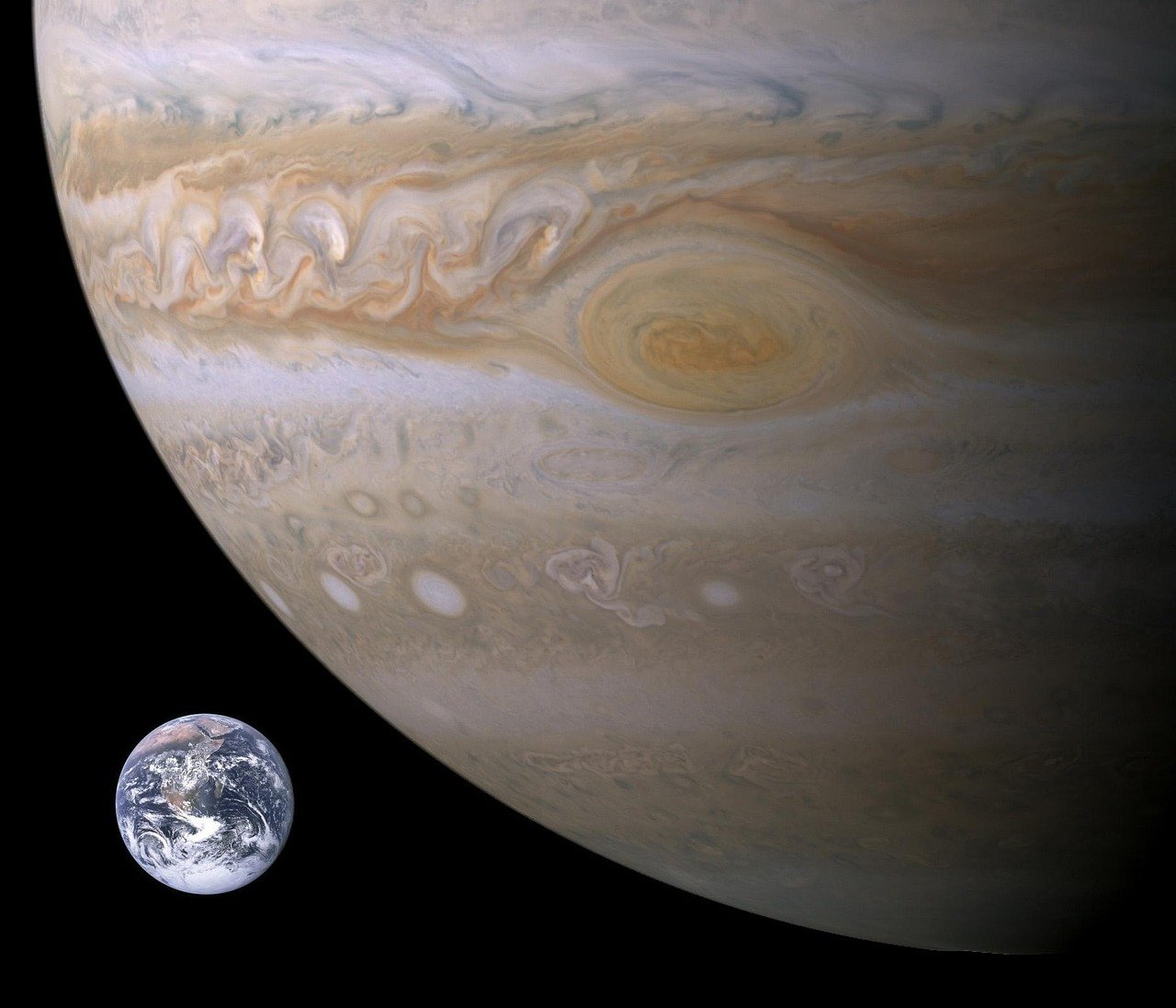
Jupiter continues to surprise us at every turn, from its fuzzy core to its diamond rain, from its shrinking Great Red Spot to its 97 moons and counting. Each new discovery reveals that our solar system’s largest planet is far more complex and dynamic than we ever imagined. With missions like Juno still exploring the giant and future spacecraft like Europa Clipper on their way, who knows what other jaw-dropping secrets Jupiter will reveal next?
Did you expect that Jupiter was hiding so many incredible surprises beneath its familiar striped exterior?

Hi, I’m Andrew, and I come from India. Experienced content specialist with a passion for writing. My forte includes health and wellness, Travel, Animals, and Nature. A nature nomad, I am obsessed with mountains and love high-altitude trekking. I have been on several Himalayan treks in India including the Everest Base Camp in Nepal, a profound experience.

